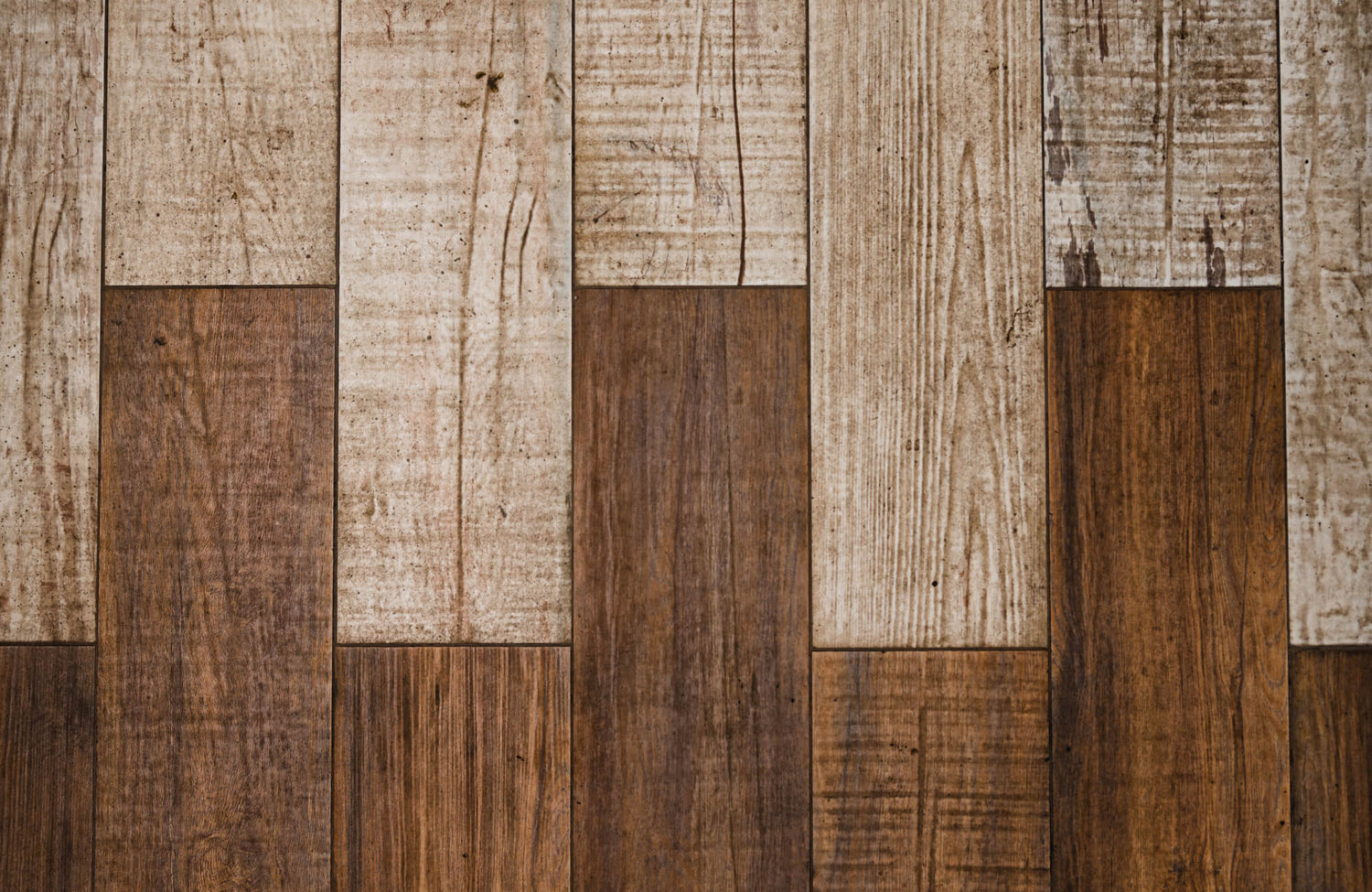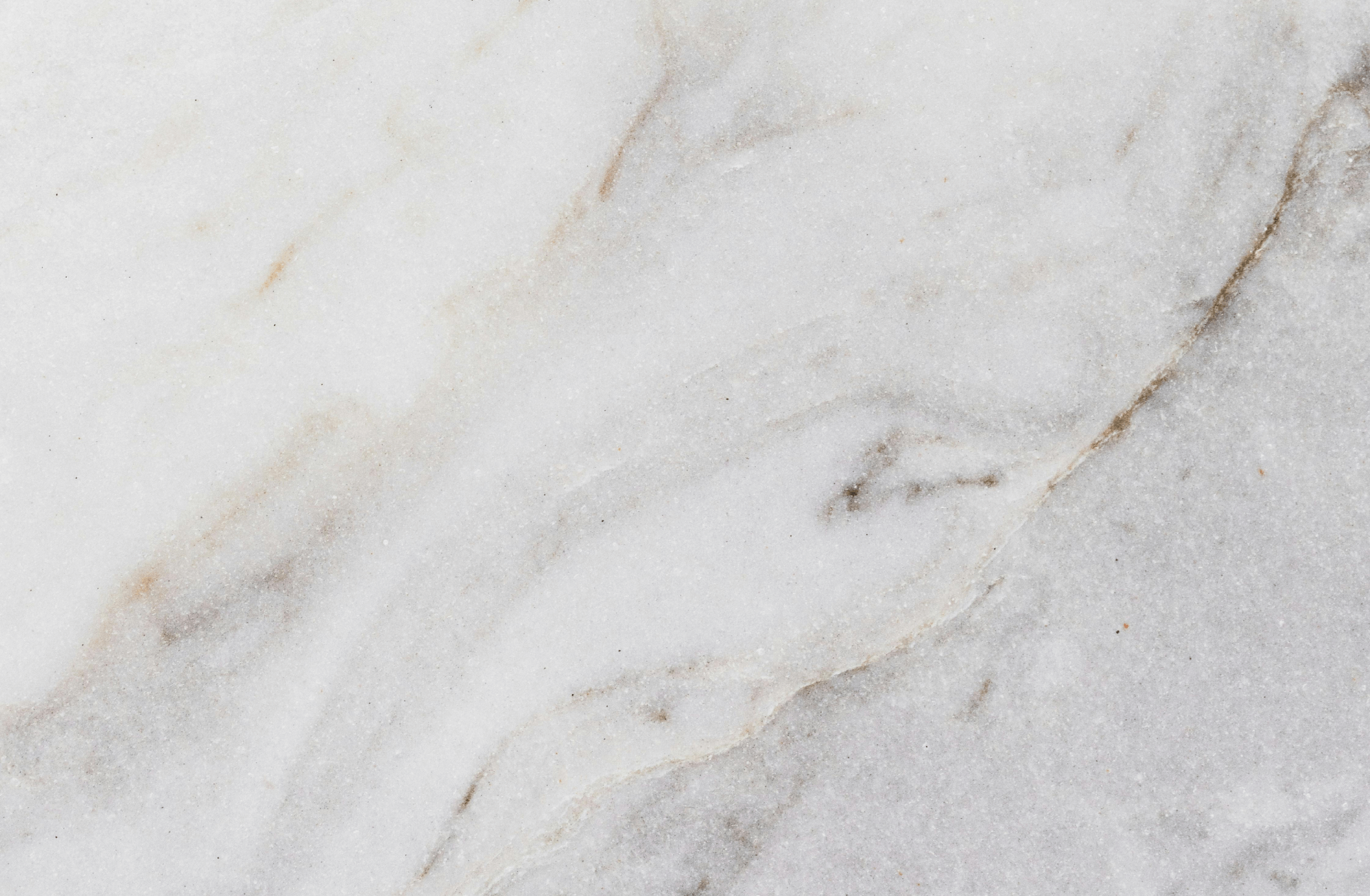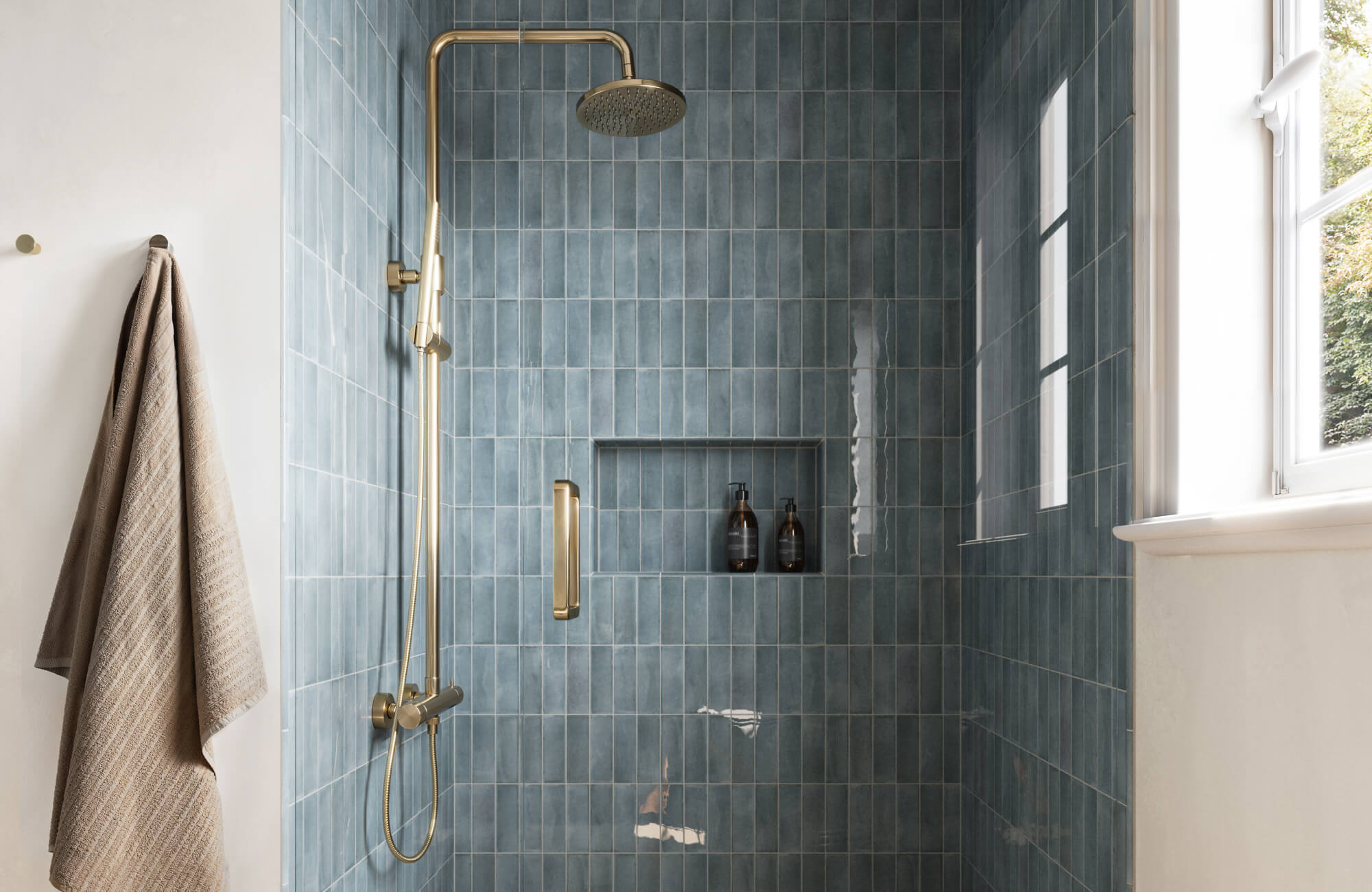Hardwood flooring is a timeless choice that elevates any home with its natural beauty and lasting appeal. Its ability to add warmth and elegance to a room makes it a popular option for many homeowners. However, while hardwood flooring has numerous advantages, it also comes with certain challenges that are important to consider, such as its maintenance requirements and susceptibility to scratches, moisture, and temperature fluctuations.
For those who admire the look of wood but are concerned about these potential drawbacks, wood look tiles offer a compelling modern alternative. These tiles replicate the appearance of wood planks while providing greater durability and requiring less upkeep. In this article, we will explore the numerous pros and cons of hardwood flooring and examine why wood look tiles might be the ideal solution for those seeking a stylish, low-maintenance option.

Pros of Hardwood Flooring
Beyond its classic beauty, hardwood floors provide long-term advantages that make them a worthwhile investment. Let’s look at the features that set them apart and why they continue to be a top choice for homeowners.
Exceptional Durability and Long-Term Value
One of the most compelling reasons to choose hardwood is its durability. When properly cared for, hardwood floors can last for decades—often outperforming carpet or laminate flooring as hardwood stands the test of time. This not only increases a home's resale value, but also allows it to sell faster. Furthermore, hardwood can be refinished multiple times, restoring its original beauty and extending its lifespan.
Healthier Indoor Environment
Unlike carpets, which can trap dust, allergens, and pet dander, hardwood's smooth surface prevents particles from accumulating, improving the overall air quality in your home. This makes hardwood floors especially beneficial for those with respiratory issues, as they help reduce indoor allergens and promote cleaner, fresher air.
Flexible and Adaptable Flooring Options
Whether you prefer wide planks, classic oak, or intricate parquet patterns, hardwood floors can be customized to suit any style. This flexibility makes hardwood a long-term solution that adapts to your space’s changing needs and allows homeowners to update their floors as design trends or personal tastes evolve.

Cons of Hardwood Flooring
While hardwood flooring offers numerous benefits, it also comes with potential drawbacks. Understanding these limitations can help you determine whether hardwood is the right choice for your home.
Cost and Affordability
One of the primary drawbacks of hardwood flooring is its higher initial cost compared to other flooring options like carpet or laminate. Hardwood's price can vary significantly depending on factors such as the wood species, finish, and overall quality. Common options like oak or maple tend to be more affordable, while exotic hardwoods such as Brazilian cherry or teak often command a premium due to their rarity and unique aesthetic. Beyond the cost of materials, professional installation can further increase the expense, as hardwood flooring requires skilled labor to ensure proper placement and long-term durability.
In addition to the upfront costs, ongoing maintenance expenses may also factor into the overall investment. While hardwood floors are durable, they require periodic refinishing to restore their original beauty, particularly in busy areas. For budget-conscious homeowners, these factors should be carefully weighed before making a decision.
Potential Vulnerability to Scratches and Dents
Although hardwood floors are renowned for their durability and timeless appeal, they are not impervious to damage. Scratches, dents, and dings can occur, particularly in busy areas or homes with pets and young children. Everyday activities such as moving furniture, dropping heavy objects, or walking in high heels can leave marks on the surface, especially on softer wood species like pine or cherry. Pets, particularly large dogs, can exacerbate wear and tear, as their claws may easily scratch even harder wood species. Similarly, heavy furniture without protective padding can cause dents or gouges if dragged across the floor.
To minimize damage, preventative measures such as using area rugs in busy spaces, attaching felt pads to furniture legs, and employing proper cleaning tools like soft-bristled brooms or microfiber mops can be effective. Regularly trimming pet nails also reduces the risk of surface damage. Despite these precautions, hardwood floors will naturally show signs of wear over time, such as dull finishes, visible scratches, or minor dents.
Sensitivity to Moisture and Humidity
Hardwood is particularly sensitive to moisture and humidity. Excessive moisture can cause the hardwood to warp, buckle, or stain, potentially leading to costly repairs or replacements. While sealing can help protect the wood from water damage, hardwood is generally less resilient than other materials like tile or vinyl, making it less suitable for wet environments.
Given the potential drawbacks of hardwood flooring—especially in high-moisture areas or due to the risk of wear and tear—it’s wise to consider other options that offer the beauty of wood without the associated challenges. This brings us to an excellent alternative: wood look tiles.
Why Wood Look Tiles Are The Ideal Alternative
While hardwood flooring is a popular choice for its timeless appeal, wood look tiles offer a practical alternative that combines the beauty of wood with enhanced durability and ease of maintenance. Made from ceramic or porcelain, these tiles are highly resistant to scratches, stains, and moisture, making them a versatile and resilient choice for modern homes. Porcelain options, in particular, are denser and more durable, offering exceptional resistance to wear and water damage. These qualities make wood look tiles particularly well-suited for high-moisture areas such as bathrooms, kitchens, and basements—spaces where hardwood may not perform as well. Unlike hardwood, they also require no refinishing and are remarkably easy to care for, with regular sweeping and occasional mopping sufficient to maintain their appearance.
In addition to their practicality, wood look tiles are often more affordable than hardwood flooring, both in upfront expenses and long-term maintenance. Their durability and resistance to damage reduce the need for repairs or replacements, offering significant savings over time. If you're uncertain about which material best suits your needs, we offer 4" x 4" tile samples to let you experience the texture and color firsthand before making a decision. For an even more immersive experience, our Augmented Reality (AR) Tool allows you to visualize exactly how these tiles will transform your space, making the selection process straightforward and enjoyable.
Frequently Asked Questions (FAQ)
Have more questions? Here are answers to other frequently asked questions to help you make informed choices about hardwood flooring and wood look tiles.
1. Which flooring option is better for homes with pets?
Wood look tiles are often a better choice for homes with pets. They are more resistant to scratches, stains, and damage from pet claws. Hardwood can also be durable but may show wear over time, especially in busy areas where pets frequent.
2. How can I prevent damage to hardwood flooring?
To keep hardwood floors in top condition, avoid exposing them to excess moisture, use furniture pads to prevent scratches, and clean up spills promptly. Regular sweeping or vacuuming will also help protect the surface. Conversely, if you're after a low-maintenance, moisture-resistant flooring solution, wood look tiles are a worry-free choice with minimal upkeep.
3. Can wood look tiles be used outdoors?
Wood look tiles made from porcelain are an excellent option for outdoor spaces. Their durability allows them to withstand various weather conditions, making them ideal for patios, decks, and pool areas. These tiles provide a stylish look and a low-maintenance solution for enhancing outdoor living areas. However, it's essential to always consult with the manufacturer to ensure a specific tile is rated for outdoor use.
4. Are wood look tiles as comfortable to walk on as hardwood?
While wood look tiles don’t possess the same natural warmth as hardwood, they provide a sturdy and durable walking surface. To enhance comfort, consider adding area rugs or installing underfloor heating.
5. How does the cost of hardwood compare to wood look tiles?
Generally, wood look tiles are more budget-friendly than hardwood, offering a similar aesthetic without the steep material and installation costs. Additionally, their durability and ease of maintenance make them a cost-effective long-term investment for your home.









